Anticipation of an impending Israeli assault on Rafah has left aid organizations grappling with how to assist the 1.5 million civilians residing in the southern Gaza city. The uncertain timeline presents logistical challenges, prompting aid groups to seek ways to support the vulnerable population. Oxfam and twelve other aid organizations issued a joint appeal for a ceasefire, emphasizing the risk to over a million civilians, including 610,000 children, in Rafah.
Israeli Prime Minister Benjamin Netanyahu has reiterated intentions to proceed with the anticipated assault on Rafah, which remains the last major population center in Gaza yet to be entered by Israeli ground troops. The objective of the assault, according to Netanyahu, is the elimination of remaining Hamas forces in Rafah, aligning with the government's aim to dismantle the Islamist group in Gaza.
While Israel plans various evacuation strategies, including the establishment of "humanitarian islands," the United States has expressed opposition to any operation in Rafah without credible measures to safeguard civilians. Despite reports outlining Israel's evacuation plans, aid groups claim they have not been briefed on the details, raising concerns about the impact on humanitarian operations. The potential ground assault on Rafah poses significant challenges for aid distribution networks, particularly if access via the Rafah crossing is restricted.
The aid community fears the implications of a ground operation in Rafah, with concerns about mass displacement, casualties, and disruption to humanitarian efforts. However, humanitarian principles dictate that UN agencies refrain from involvement in establishing replacement displaced persons' camps outside Rafah. As tensions escalate and the threat of conflict looms, aid organizations are bracing for the potential humanitarian crisis in Rafah.



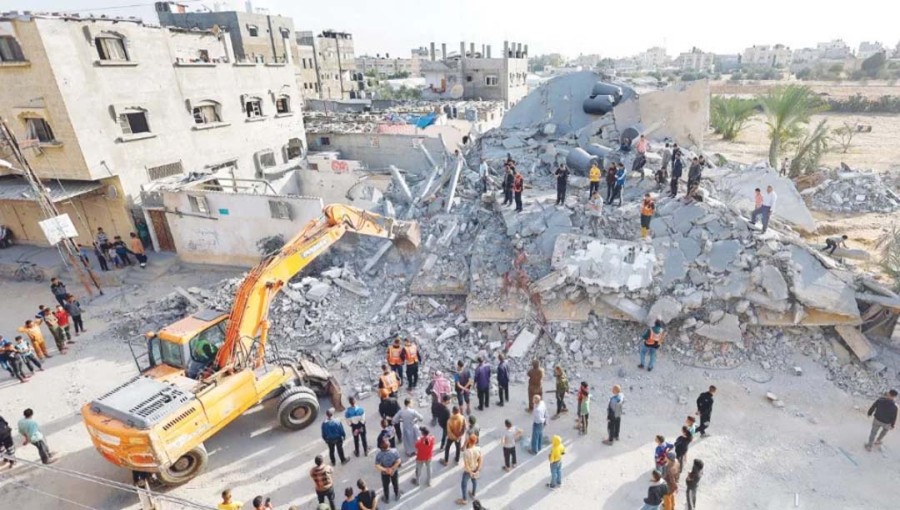
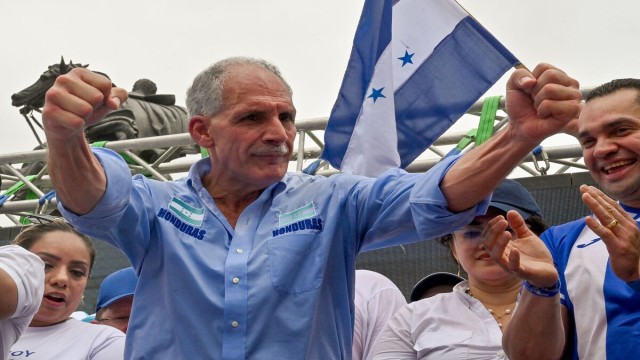

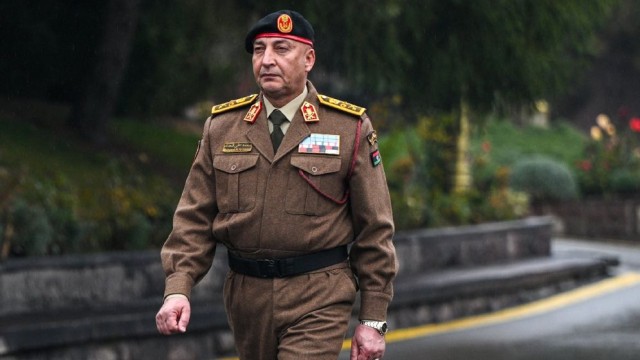


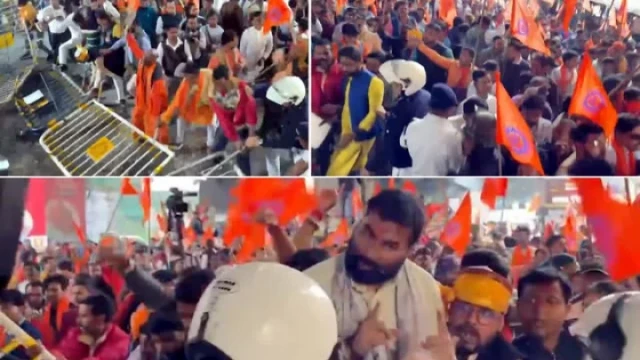
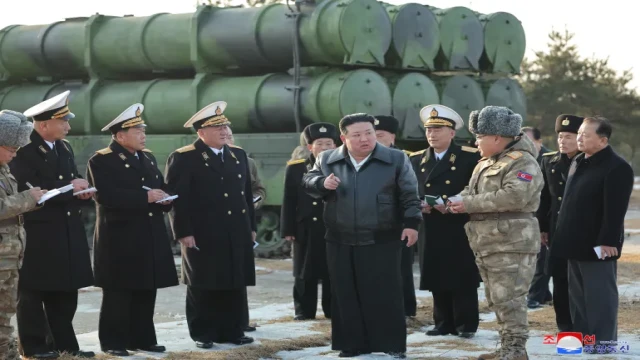
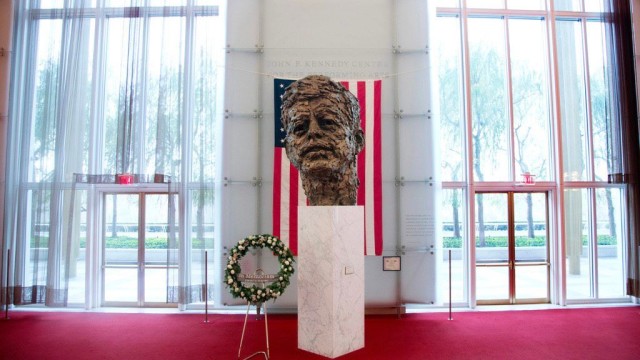
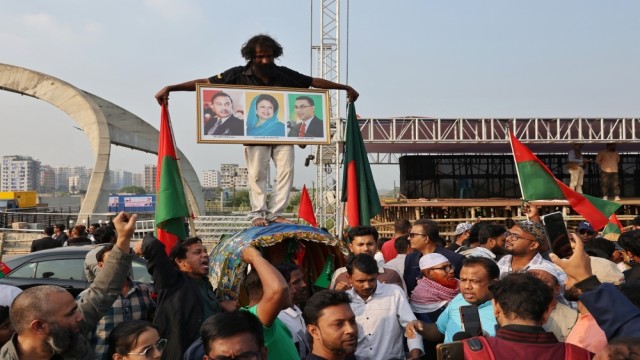
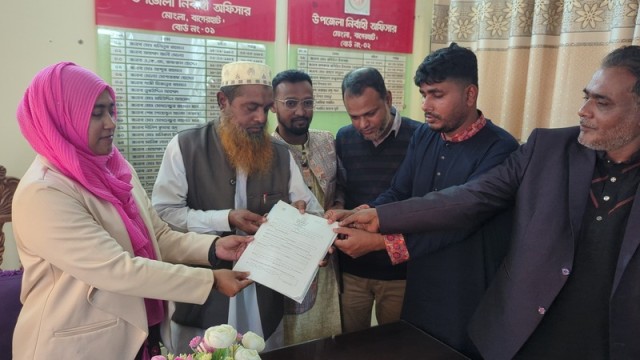



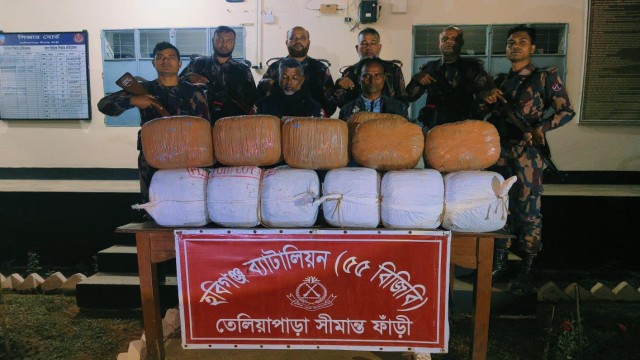



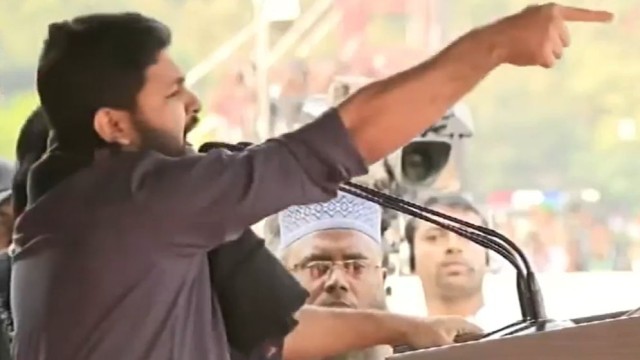


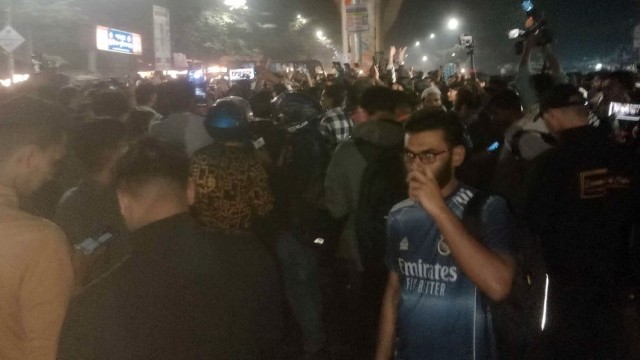



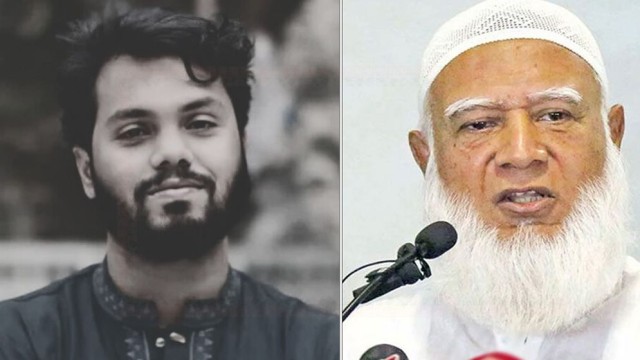
Comment: